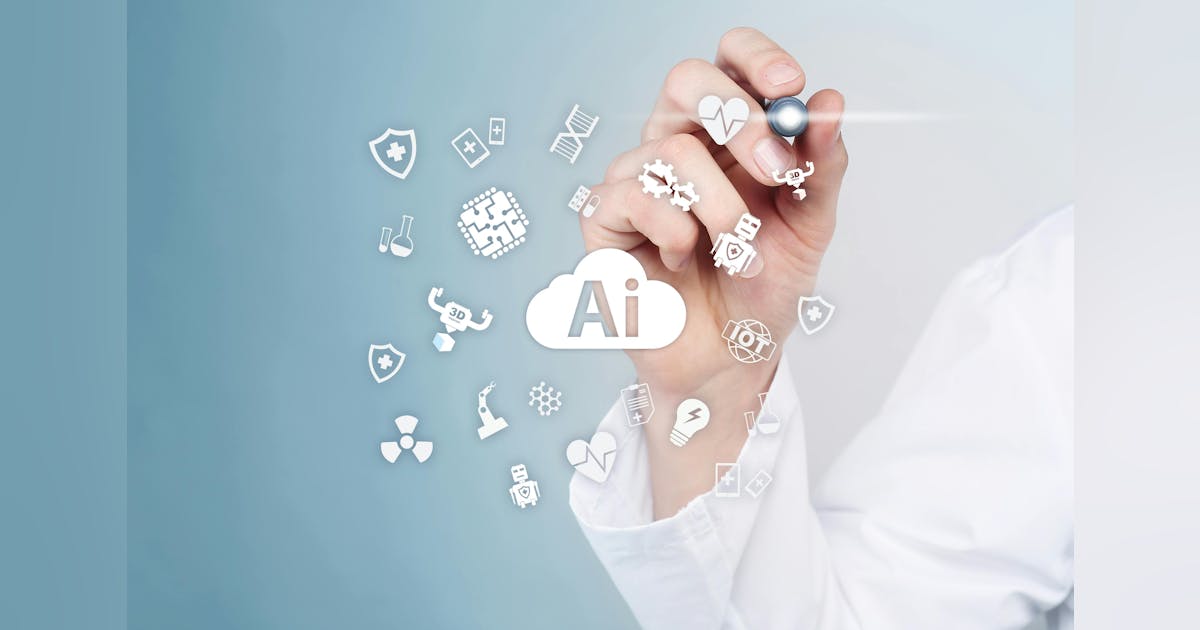
In the rapidly changing healthcare landscape, the fusion of technology and patient care is increasingly integral. As a physician and clinical CIO, I have had the privilege of observing the profound impact of technology on improving patient outcomes and transforming healthcare delivery.
The driving force of IT in healthcare
Central to healthcare transformation is the effective use of data. Technology, ranging from basic software to advanced surgical robotics, allows us to document, examine and refine our methodologies, ensuring greater quality and safety in patient care. At Grupo Lusíadas Saúde, the adoption of technology has been essential to change the organizational culture. It is not simply about the accumulation of data but about its strategic application.
At the core of this transformation is the effective use of data. From basic software to advanced surgical robotics, technology allows us to document, analyze and refine our methodologies, ensuring greater quality and safety in patient care. This change is not only about the accumulation of data but also about its strategic application in organizations such as Grupo Lusíadas Saúde, where the adoption of technology has been fundamental to changing the organizational culture.
The COVID-19 pandemic highlighted the crucial role of technology in healthcare, from the rise of telehealth to the use of devices such as tablets for communication with patients. The development of a patient assistance app during this crisis exemplifies the potential of technology to offer practical solutions. This experience has provided valuable lessons for future health crises.
Future health professionals and the rise of AI
The next generation of healthcare professionals, being digital natives, are experts at incorporating technology. Their critical insights help refine technological solutions, ensuring these innovations enhance, rather than overshadow, the human aspect of care. At the same time, we are exploring the use of artificial intelligence in areas such as lung cancer diagnosis and patient care predictions. These technologies have immense potential to improve patient outcomes, but must coexist with the human element of care.
Data security and global trends in health IT
Data security remains a major challenge in the digital age. It is imperative to develop strong digital security measures and educate healthcare professionals about data privacy. Through my participation in HIMSS Europe and EMRAM Stage 7 validations, I have observed that the most successful organizations in healthcare IT are those with a stable and digitally savvy culture. These organizations not only adopt technology; they give meaning and purpose, significantly impacting patient outcomes.
Balancing technology with the human touch
At Lusíadas we emphasize maintaining human interaction in patient care. The integration of technology should never detract from our ability to provide compassionate, personalized care. This balance requires continuous evaluation and adjustment. Looking ahead, organizations that fail to keep pace with digital advances risk becoming obsolete. I am particularly excited about the potential of AI to improve patient outcomes. As technology evolves, so must our people and our leadership approaches.
In conclusion, as we navigate this digital revolution, our focus must remain steadfast on improving patient outcomes and preserving the human essence of healthcare. The path ahead is complex but incredibly promising.
Learn more about Ana Prado’s vision on the transformative role of technology in the delivery of healthcare in Digital Health Rewired 2024 event in Birmingham (United Kingdom) on March 12 and 13, 2023.





